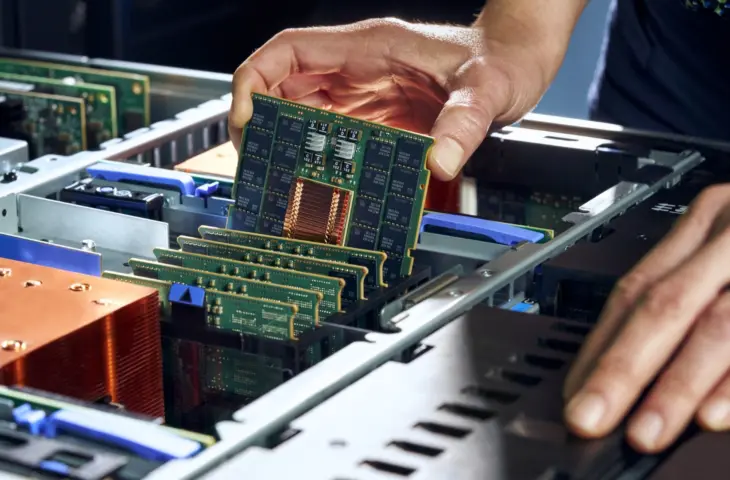IBM persists in developing its own processors and launches Power11. These chips are designed to be significantly more efficient than their predecessors and include AI capabilities.
IBM unveils Power11. This is the latest series of processors, fully built on IBM’s own architecture. Power has long competed with x86 and still finds its niche. These processors, like their predecessors, are aimed at customers with critical applications that highly value availability and robustness. Thus, Power chips also power IBM’s z-mainframes.
More Powerful and Efficient
IBM claims that Power11 performs up to 55 times better than Power9. That sounds impressive, but Power9 dates back to 2017. Such a leap in performance and efficiency is not unheard of over an eight-year period.
The company further claims that the new chips have 45 percent more capacity with more cores in the entry-level and mid-range segments. This is a marketing choice, with IBM positioning more powerful chips lower on the product ladder.
Cores and Threads
The Power11 processors do not compete with x86 in terms of computing cores. The most powerful Power11 chip has only 30 cores, compared to 192 cores in AMD’s Epyc portfolio. However, the fundamentally different Power architecture has an ace up its sleeve. While x86 offers a maximum of two threads per core, IBM provides eight threads per core. A 30-core Power11 chip thus has a very respectable 240 threads.
IBM also packages variants of Power11 with ten, twelve, and sixteen cores per node in different servers. The manufacturer integrates the chips into its own servers, which can contain up to four sockets, providing a maximum of 120 cores with the system. IBM also offers more conservative dual-socket servers.
High Availability
Not all cores in a Power11 chip are available to the user. IBM boasts 99.9999% availability of its Power11 servers, employing a bag of tricks to achieve this. Some cores per chip can be reserved as a hot spare. These cores stand ready behind the scenes to immediately take over if an active core encounters an issue.
Furthermore, IBM provides the ability to replace peripherals such as power supply, I/O components, and fans without shutting down the Power11 system.
AI Hype
Although IBM offers an alternative to x86 (and ARM) with Power11, the company is also sensitive to hype. Like all other chip manufacturers, IBM wants to play the AI card. Power11 chips have built-in AI acceleration tailored to large and small LLMs, but it’s not entirely clear what that entails. IBM previously launched the Spyre Accelerator: a separate chip tailored for AI acceleration.
IBM makes Power11 available from July 25, both through self-developed on-premises servers and in the IBM Cloud.
